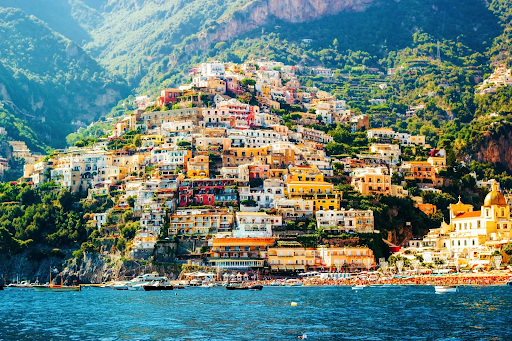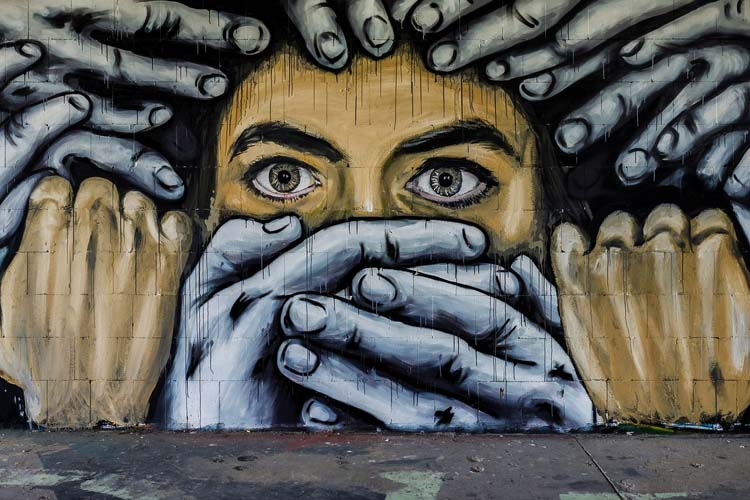Italy! The mention of Italy brings to mind delicious pasta, old historical places, and beautiful works of art. Following these ideas will ensure your trip goes well and is enjoyable.
Euros Are the Main Currency Around
Italy uses the official currency, the Euro (€). Carrying small amounts of cash is wise. You might want to use your cash for buying little things like coffee, some ice cream (gelato) or a memento to bring home. Some smaller shops and stalls like to accept cash.
Cities often have businesses that will use credit cards for large purchases. Always remember to ask your bank if there are any costs for using your card overseas.
Definitely, remember to inform your bank before traveling to Italy. Because of this, they won’t think your card is lost or stolen and take steps to cancel it. If you want more money, go to any ATM to get it.
Learn some basic Italian
There are many people in tourist destinations, hotels and big restaurants who speak English. A little Italian can open many doors for you! Saying “Ciao”, thanking people with “Grazie” and responding to them with “Prego” will impress and please them.
To know the cost, ask yourself, (how much do I need to pay?). Work toward getting better, instead of thinking about being perfect.
Put on Clothes That Display Respect and Appropriateness
Most ladies can cover their shoulders with a light scarf very quickly.
Italians normally dress nicely outside of religious places. Just wear clothes you’re comfortable in and some layers in spring or fall, as the weather might be sudden. Sturdy walking shoes are pretty much a requirement – you’ll be walking more than you may expect.
Getting Around
There are many trains available in Italy for traveling. This is usually the effortless and lovely way to travel between cities such as Rome, Florence, Venice and Milan. Travel by fast train is comfy and the trains always keep to their schedules.
INSIDE cities, walking gives you an amazing experience and is the best way to notice all the sights. Busy cities usually include buses, trams and subways in their transportation system.
Get your tickets for the fastest trains in advance, mainly on weekends or when there are a lot of people traveling. Prices may go up or the event may be full if you wait until last minute to get tickets.
Always remember to put a stamp on your ticket before riding the public vehicle.
Times of Eating are not Always the Same
When lunch is served, Italians usually eat from 1 PM onwards until 2:30 PM. The time for dinner is normally late, around 7:30 PM or 8 PM and guests usually stay for a while after.
It is common for restaurants to close for a few hours between the lunch and dinner services (sometimes from 3 PM to 7 PM).
Therefore, put some time into meal planning. If hunger comes on while you are out, stop at a “bar” (coffee shop) to grab a quick meal of pizza or a snack. That is also true that an espresso is a smaller, stronger coffee than an Americano.
Tips are Not Like They Would Be at Home
Italians have different traditions for tipping than people in the US. On occasion, a fee for using the restaurant called “coperto” or “pane e coperto” (cover charge) has already been added on your bill. It is about bread and setting up the table.
If the service charge is missing, paying extra euros than the amount of the bill for good care is okay, but you wouldn’t tip 15-20%. You can usually leave a small coin on the counter when you have a quick bite like coffee at a bar.
Processes Slow Down
There is a more relaxed atmosphere to daily life in Italy, especially for traveling. Getting things done might be slower in small communities than you anticipate. Let things happen as they will! Try to take your time when you eat.
Eat well, talk with your friends and notice the mood of the place. Vacationing like the Italians helps you have an unforgettable trip in Italy.
Welcome and Respect the Culture
There is a lot of history, art and lively culture in Italy. Reach out to unfamiliar situations! Try the local meals everywhere, since they are not the same everywhere in the country. Talk to people using a few Italian words or hand gestures when you can.
Every area has a unique atmosphere, customs and way people talk. Go to areas that are less traveled by tourists. Visit a local market, join a cooking class or spend time in a town square spotting people.
Those simple experiences you have are often among your favorite memories from your trip.
If you try these guidelines, your Italian trip will be very enjoyable.




